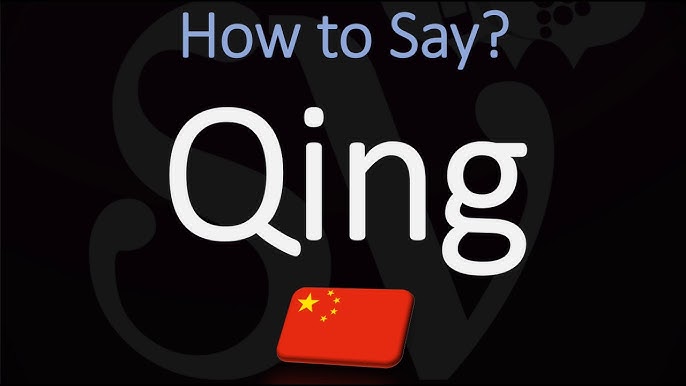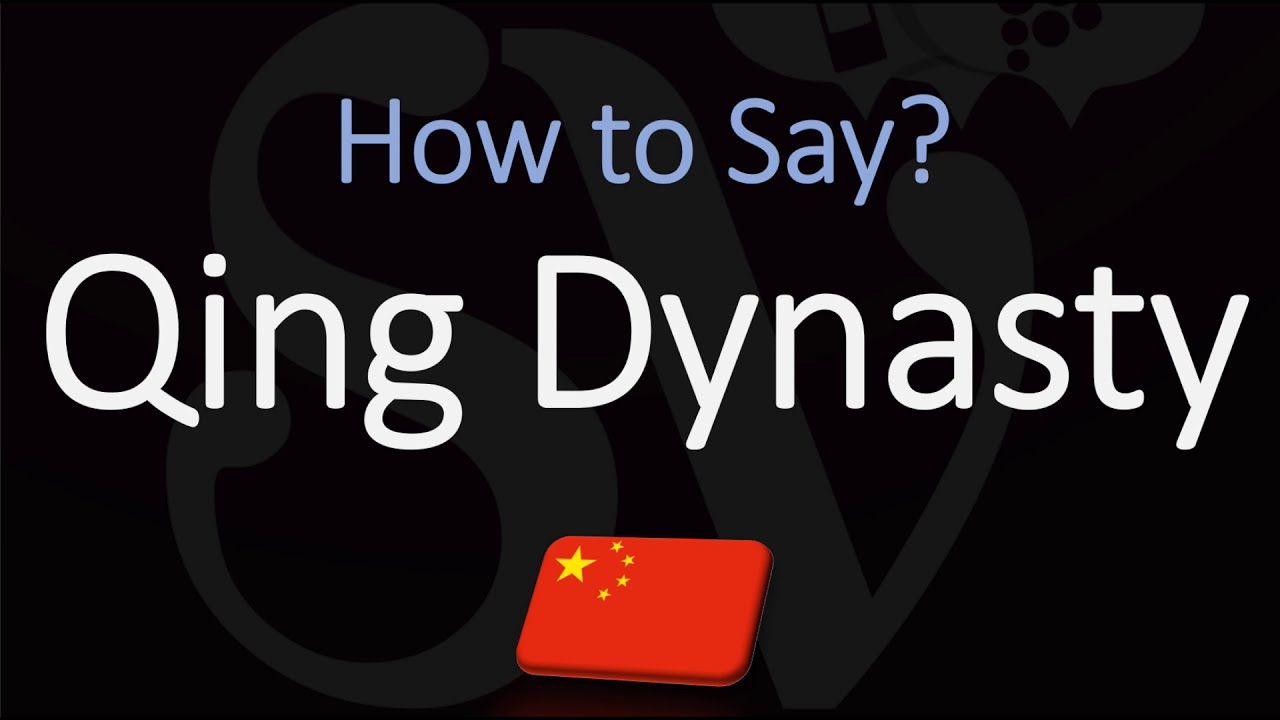Alright, so let’s talk about this “qing” sound. For the longest time, I just couldn’t get it right. Seriously, it drove me nuts when I was first trying to get a handle on some basic Mandarin.

I remember digging into it, probably because I wanted to order food at this one place without sounding like a complete fool, or maybe just trying to understand song lyrics better. Anyway, this “qing” thing was everywhere. You know, words like “qǐng” (please) or “Beijing” or “Qingdao.” And every single time, I felt like I was just guessing, and mostly getting it wrong.
My first thought was, okay, “q” is probably like “k”, or maybe like “kw” as in “quick”. Nah, that wasn’t it. Not even close. Then I figured, alright, it’s gotta be a “ch” sound, like in “chicken”. So I’d try that, maybe a bit softer, but it still didn’t sound like what I was hearing from native speakers. They’d be polite, of course, but you can tell when you’re off by a mile.
This whole struggle went on for a bit. I’d listen to audio clips over and over, try to shape my mouth the way I thought it should be. My tongue felt like it was trying to tie itself in knots. It was super frustrating, felt like I was missing some secret handshake for my mouth.
How I started to get a grip on it
So, why am I rambling about this? Well, there wasn’t one single magic moment, but more like a slow dawning. I didn’t get fired from a job and then suddenly understand Pinyin, nothing that dramatic. It was more about consistent, tiny adjustments and a lot of listening. I was also pretty motivated because I kept hearing the sound in shows and music, and it just bugged me that I couldn’t replicate it properly.
I spent a bunch of time just isolating the sound. I realized I was tensing up too much. The “q” in Pinyin isn’t some super aggressive sound. I started to notice that the tip of my tongue needed to be further forward than I initially thought, sort of behind my lower teeth. And then it’s like a puff of air, almost like a soft “ts” sound but with the tongue blade, not the tip, making the contact further back on the roof of my mouth.

Then came the “ing” part. I used to make the “i” too short, like in the English word “king”. But it’s more of an “ee” sound, like in “see”, followed by the “ng”. So, “ee-ng”.
Here’s what I try to do now, based on my practice:
-
For the ‘q’ initial: I place the tip of my tongue down, just resting behind my lower front teeth. Then, the flat middle part of my tongue goes up against the hard palate, kinda like you’re about to say “ch” but it’s much lighter and more air comes out. Think of it as ‘ch’ but without your lips rounding as much, and the contact point is a bit further forward than the ‘j’ sound in Pinyin.
-
For the ‘ing’ final: I make sure to hit a clear “ee” sound first, then go straight into the “ng” sound you get at the end of “sing” or “bring”. So, “ee-ng”.
Putting them together, it’s a flow from that airy, hissy ‘ch’-like sound (but not quite ‘ch’!) right into “eeng”. It’s delicate. I’m still practicing, mind you. I bet if a linguistics professor heard me, they’d have a field day. But hey, it’s way better than my first attempts where I sounded like I was trying to say “king” while choking on a feather.

It really just took a lot of trial and error. Listening to myself, making tiny adjustments, and not being afraid to sound silly for a while. That’s usually how these things go, isn’t it? You just keep poking at it, and eventually, you start to feel the right movements. For me, it was less about one big revelation and more about a lot of small “oh, so that’s how that muscle moves” moments. So yeah, that’s my ongoing journey with “qing”. It’s a practice, not a destination!
